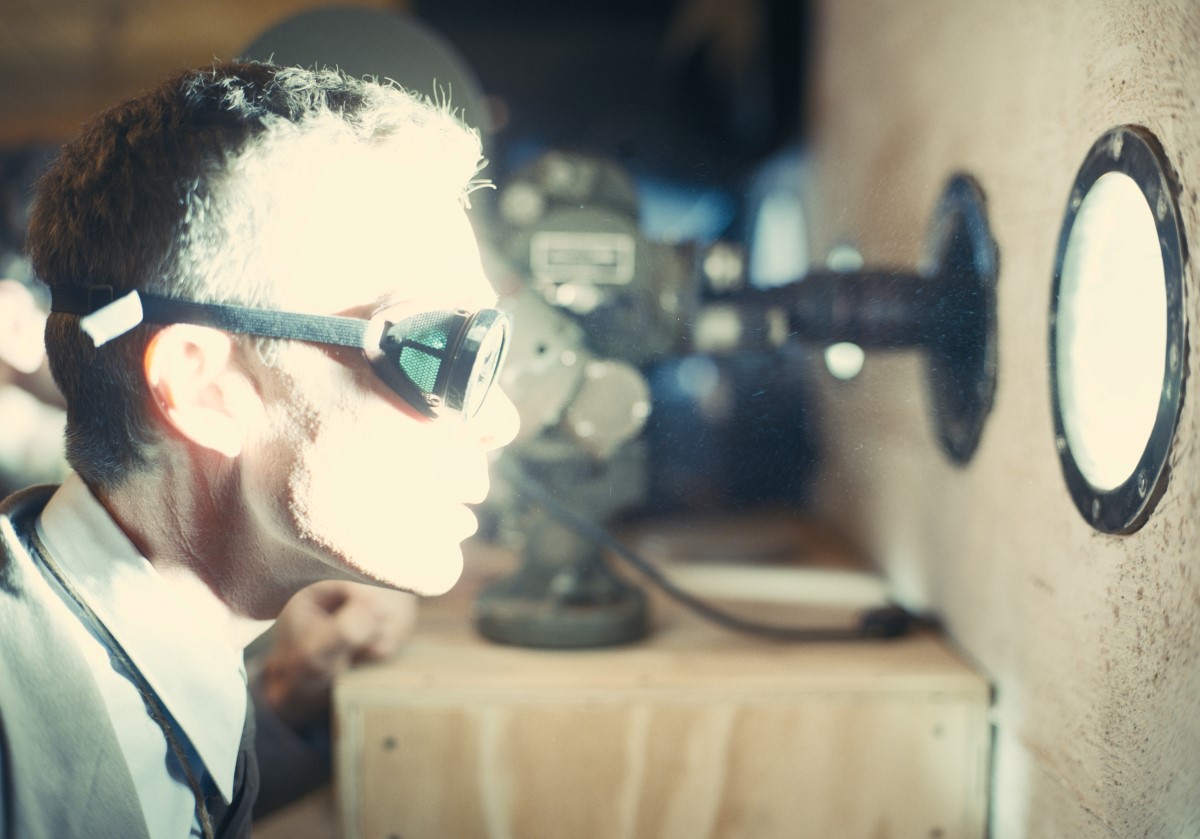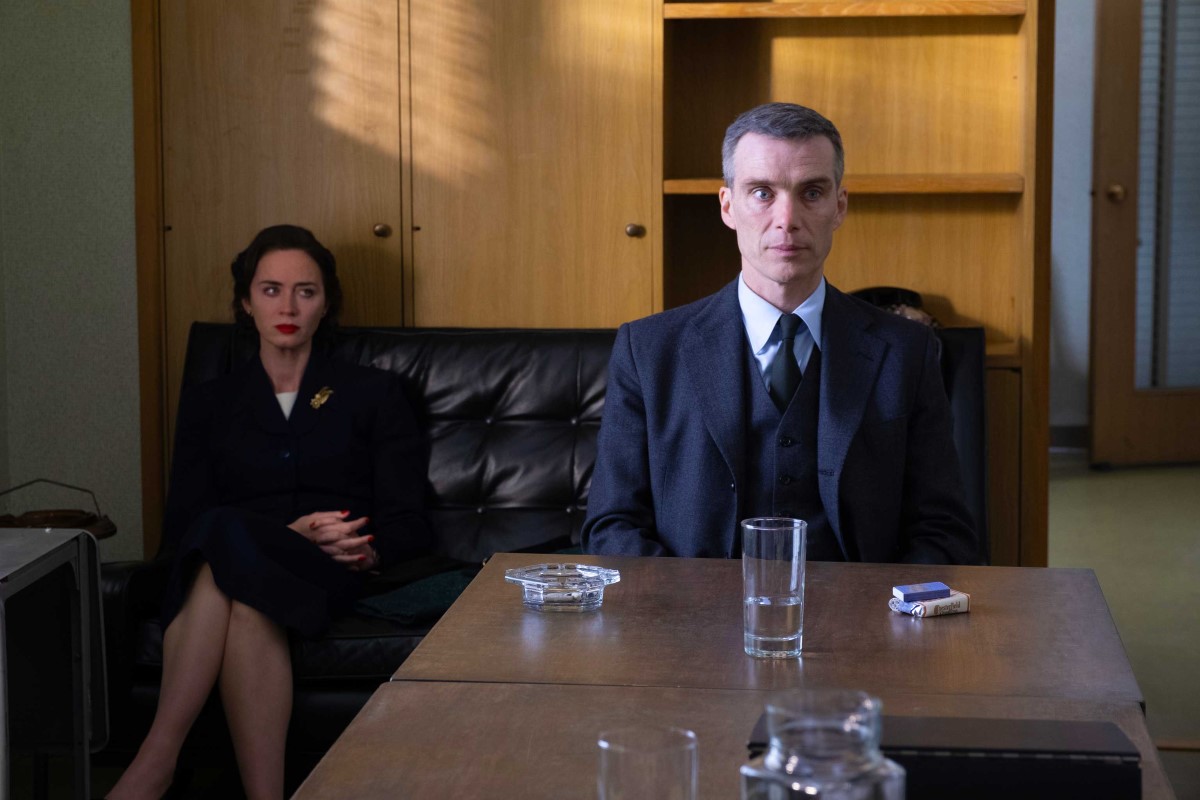THE SOUND OF INTEREST
In cinema, the uncanny resides in sound (try muting a horror movie). The Freudian unheimlich, already present in nineteenth-century philosophy, inhabits that – to play with psychoanalytic vocabulary – supposed not knowing that torments us in the limbo between imagination and the gaze that knows, the word that unveils: we are at home, and yet we are not. Sounds don’t tell everything but act deeply. Listening to two people making love disturbs us more than seeing them, from the parents in the next room onwards (but what are they doing, what are they saying, what are those sounds, those noises? We will know, but we already do). Imagination travels, precisely destroyed by the image.
Thus, The Zone of Interest (here’s the house) doesn’t show – and moreover, no matter how many stories have been told about the extermination camps, none of us has seen, but only tried to imagine – but only lets one listen. The uncanny enters subtly, as a background, never invading the acoustic field of chirping in the garden or the plain household conversation. Horror is a drone in the background, not in the forefront. The loudest volume that normally characterizes the incursion of the uncanny emerges only when the guttural music, monstrous vocal thrum, supports the turn to the negative (yes: wonderfully an expression of the twentieth-century dialectical pessimism – for example, Adornian – where one is condemned to incompleteness, as indeed sound obliges) in the only sequences in which the Other is touched. The extradiegetic – as those who speak well say – arrives at night, when even if one wanted to, one cannot listen (but feel yes, who knows what kind of dreams the Nazis had).
And so here, the uncanny is subtle, even more consistent with the karstic anxiety that should characterize it, without overflowing the central narrative environment. Thus, it doesn’t disturb (except intimately), especially the protagonists, who hear – and know, but precisely in a negative, insufficiently, at least morally – what happens beyond: a bit (entirely, indeed) I know, and it’s enough for me, I don’t want to know (see) more. I repress. And if I can close my eyes, instead, to listening, I am invincibly exposed. “Ears have no eyelids,” wrote R. Murray Schafer, echoing Kant in a way, for whom music was impudent (it indeed has no face, it’s all feeling), invasive, because one cannot protect oneself from sounds. The film proposes a soundscape, with a tonic (according to Schafer’s language, a typical background of that place) made of pain. Sublimated into acoustic reverberations, exactly like bodies transformed into air. Nothing is seen, and the sound visually projects beyond those walls like smoke, intangible, sure, but as noticeable as it is! Smoke, fog, the clouding that gives rise to hypothesis, suspicion, the insufficiency of knowledge, is exactly the most fitting visual manifestation of the uncanny: did I hear right? Let’s see.
Oppenheimer‘s bomb (in test) is a spectacle of light, but terror arrives – with exacerbated latency – at the roar. With lightning, it’s the thunder that scares us, not the flash. Indeed, the latter – faster – warns us, prepares us, because the thunder, abrupt, disturbs. Knowing beforehand, knowing everything, obliterates any disturbance of the spirit; thus, sounds keep us awake, even with closed eyes. The only way to save oneself is – as in Glazer’s film – to pretend not to hear, to repress precisely. Yet, how banal this evil would be, without those sounds.
Federico Capitoni
Cinematografo, March 10, 2024





